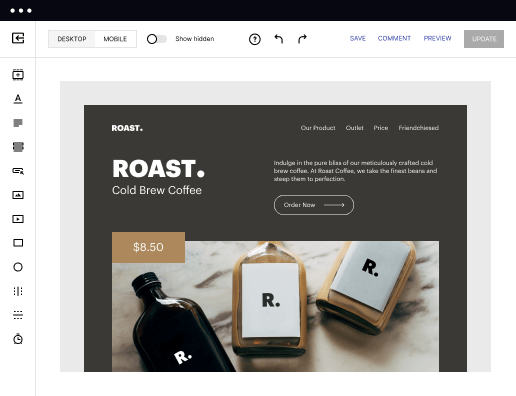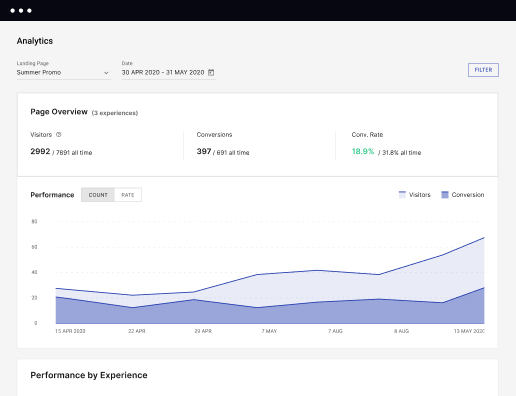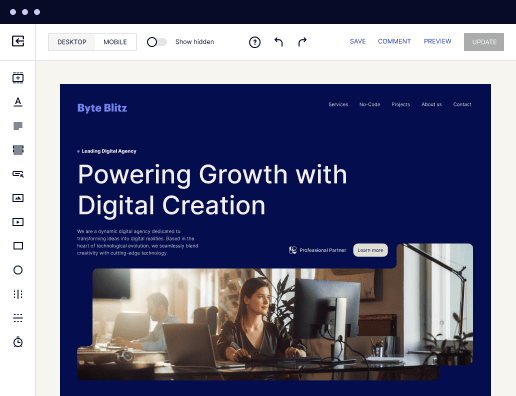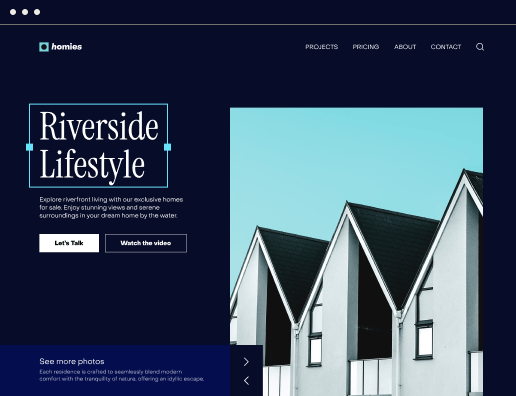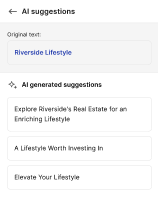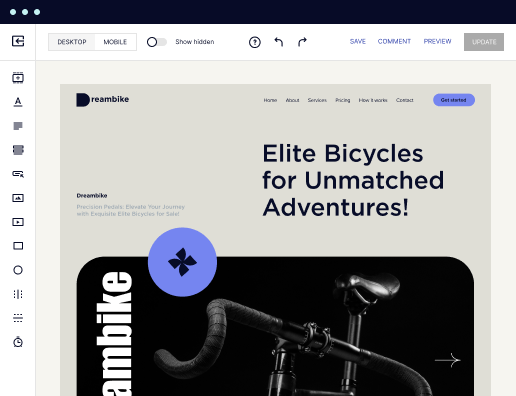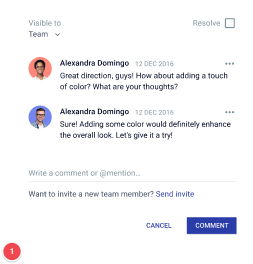Make your navigation page designed for macOS
Instapage empowers you to reduce costs, increase conversions, and deliver meaningful experiences on macOS.
Create your navigation page on macOS: A Step-by-Step Guide
Creating a navigation page on macOS is essential for optimizing user experience and driving conversions. With Instapage, marketers can leverage this platform's versatile features to build effective landing pages that not only reduce costs but also enhance customer loyalty and engagement. This guide will take you through the process in a few straightforward steps, integral for any professional in marketing services, tech, or education in the USA.
Understanding the Importance of Navigation Pages
A well-structured navigation page is crucial for guiding users through your digital landscape. It serves as a roadmap, ensuring that the right information is accessible and encourages users to take action. Here are key reasons why an efficient navigation page matters:
- Improves user experience: A clearly laid-out navigation structure helps users find what they are looking for effortlessly.
- Increases conversion rates: When users can easily navigate your site, they are more likely to complete desired actions.
- Enhances engagement: Well-directed visitors stay longer on the site, interacting with your content and improving your brand's metrics.
Step 1: Choose a Flexible Template
Start by selecting a responsive template from Instapage's library that aligns with your goals. With over 100 conversion-focused layouts, you can easily find a design that resonates with your brand. Consider these points when choosing a template:
- Relevance to your brand: Ensure the template reflects your brand's identity and messaging.
- Customization options: Look for templates that allow for easy adjustments, so you can tailor them to your audience's preferences.
- Ease of use: Opt for templates that require no coding skills, allowing your marketing team to focus on strategy and content.
Step 2: Customize Your Content
Once you've selected a template, personalize the content to cater to your audience's needs. Utilize dynamic text replacement to customize headlines and messages based on visitor data. Key considerations include:
- Audience segmentation: Utilize data tools to understand the specific needs and behaviors of different customer groups.
- Clear calls-to-action: Ensure that the navigation page includes prominent calls to action that drive conversions.
- Visual appeal: Incorporate images, videos, and color schemes that align with your brand and the intended user experience.
Step 3: Optimize for Performance
Finally, optimize your navigation page using Instapage's built-in experimentation features. Employ heatmaps and A/B testing to understand user behavior and make data-driven improvements. Remember to:
- Analyze performance: Utilize analytics dashboards to track key performance metrics.
- Iterate based on feedback: Regularly update content and design based on user behavior insights.
- Test continuously: Use A/B testing to identify which elements work best for your target audience.
In conclusion, creating a navigation page on macOS is a fundamental step in enhancing your online presence and driving conversions through tailored content and strategic optimization. With Instapage, you can achieve seamless integration of personalized experiences that foster brand trust and loyalty.
Ready to enhance your customer journeys with optimized navigation pages? Start building with Instapage today and watch your conversions grow!
Get more out of Create your navigation page on macOS
Improve your Quality Score with quick load technology for landing pages
Increase conversions with content that aligns with your ads and audiences
Achieve maximum ROI by scaling your marketing initiatives
Leading the way in building high-performing landing pages





FAQs
See how to create your navigation page on macos in action
Ready to skyrocket conversions?
Supercharge your ad campaigns with high-performing landing pages.
Get started


